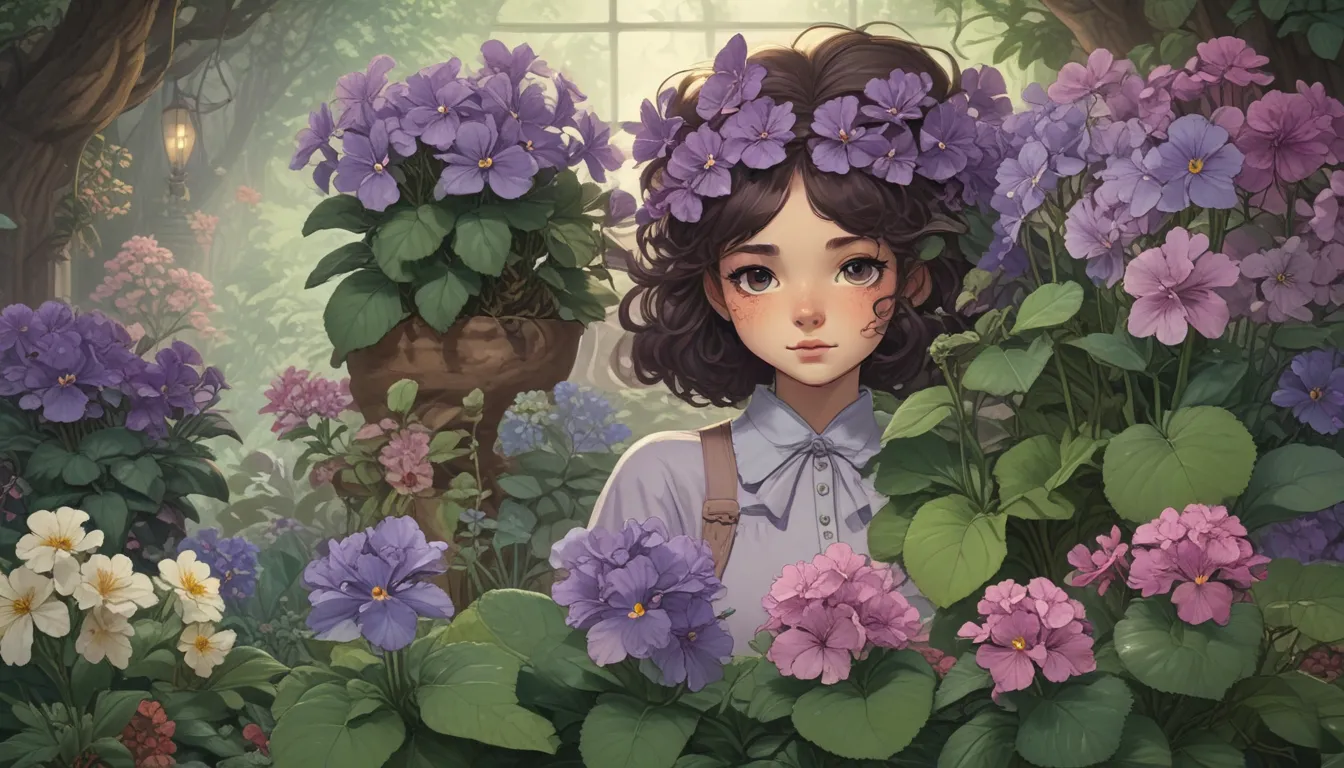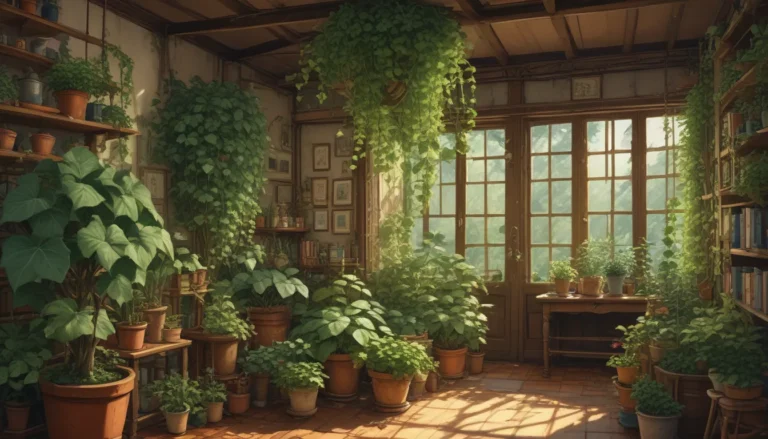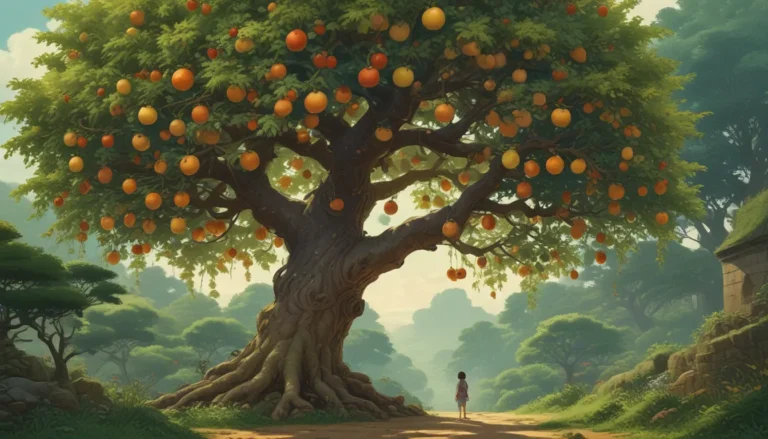A Comprehensive Guide to Growing and Caring for African Violets

Delving Into the World of Streptocarpus subg. Streptocarpella sect. Saintpaulia
Remember the African violets your grandma or great-grandma grew? They were once a staple in many households, but then lost their popularity to succulents and fiddle-leaf figs.
Today, these elegant plants are making a comeback, providing a year-round floral display once you understand how to grow and care for them. Let’s dive into the world of African violets and explore everything you need to know to make your violets thrive and bloom effortlessly.
Understanding African Violets
African violets belong to the Gesneriaceae family and are now classified under the Streptocarpus genus, specifically in the Saintpaulia section of the Streptocarpella subgenus. With over 10 species, African violets come in various growth habits, including trailing and rosette forms.
Unlike the traditional single purple flowers, modern African violets offer a wide range of colors, shapes, and patterns. From bell-shaped to frilled, bicolor to multicolored, these plants come in different sizes and leaf varieties, each more fascinating than the last.
Cultivation and History
Named after Baron von Saint Paul, the African violet was first described by him in 1892. Originating in eastern Africa, these plants have become a beloved houseplant worldwide. Their cultivation has evolved over the years, leading to a myriad of hybrid cultivars that continue to captivate plant enthusiasts.
Propagation Made Easy
If you’re intrigued by the idea of propagating your African violets, it’s crucial to start with well-draining soil. Whether it’s from seed, leaf cuttings, or suckers, ensuring your plants have the right environment will set them up for success.
Mixing standard potting soil with perlite, pumice, or rice hulls creates an ideal substrate for rooting your violets. Specialty African violet potting soil is also available for purchase from nurseries to provide the necessary nutrients and balance the pH level.
How to Grow and Maintain African Violets
To ensure optimal growth, place your African violets near a window receiving bright, indirect light. Maintain a moderate temperature, proper pot size, and consistent watering to keep your plants happy and blooming year-round.
Remember to avoid overhandling the leaves, feed your plants regularly, and address any blooming issues promptly. African violets require a bit of finesse when it comes to blooming, but with the right care, you’ll enjoy a vibrant display of flowers.
Exploring Cultivars and Hybrid Varieties
As you delve deeper into the world of African violets, you’ll come across a wide array of cultivars and hybrids. From named hybrid cultivars to NOIDs (plants with no identification), each variety boasts unique characteristics that add charm and intrigue to your collection.
Popular cultivars like ‘Aromat Leta,’ ‘Cherry Princess,’ and ‘Rose Quartz’ offer distinct flower patterns and colors, creating a visually enchanting display in your home.
Managing Pests and Diseases
While African violets are generally resilient to pests and diseases, maintaining proper care practices is key to preventing issues. Common pests such as cyclamen mites, mealybugs, and thrips can be controlled with the right treatments and vigilance.
Diseases like powdery mildew and root rot can be avoided through proper humidity levels, air circulation, and watering practices. Being proactive in identifying and addressing these issues will help your African violets thrive and remain healthy.
Enhancing Your Indoor Space with African Violets
African violets make ideal potted specimens for indoor spaces, providing color and charm year-round. Whether you enjoy the cascading forms in hanging baskets or the bushy rosette varieties on tabletops, these plants offer versatility and beauty in any setting.
Quick Reference Growing Guide
If you’re looking for a quick overview of African violet care, this reference guide summarizes the key points for successful cultivation. From plant type to bloom time, soil needs to family classification, this guide covers essential information to help you grow thriving African violets effortlessly.
Embracing the Timeless Beauty of African Violets
African violets may have fallen out of favor in the past, but their timeless beauty and captivating charm have stood the test of time. Whether you’re new to growing African violets or a seasoned enthusiast, these plants offer an enchanting experience that will brighten your indoor space and bring joy year-round.
Share your favorite African violet cultivars and hybrids in the comments below and join the conversation on these delightful plants. As you embark on your African violet journey, explore new varieties, propagate with confidence, and enjoy the enchanting blooms that these plants have to offer. Happy growing!





